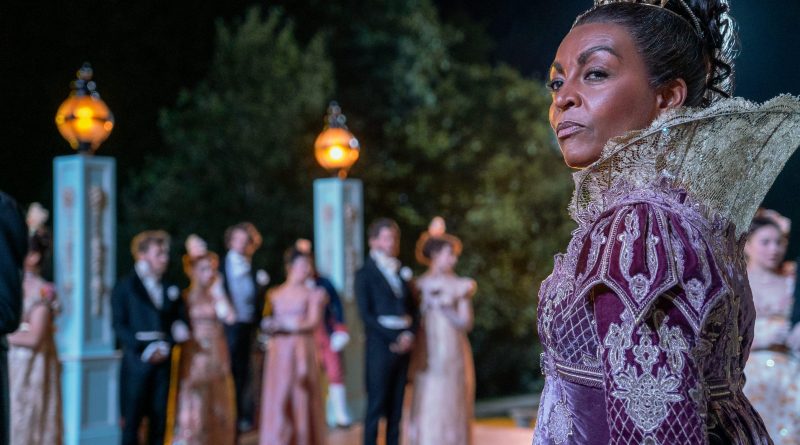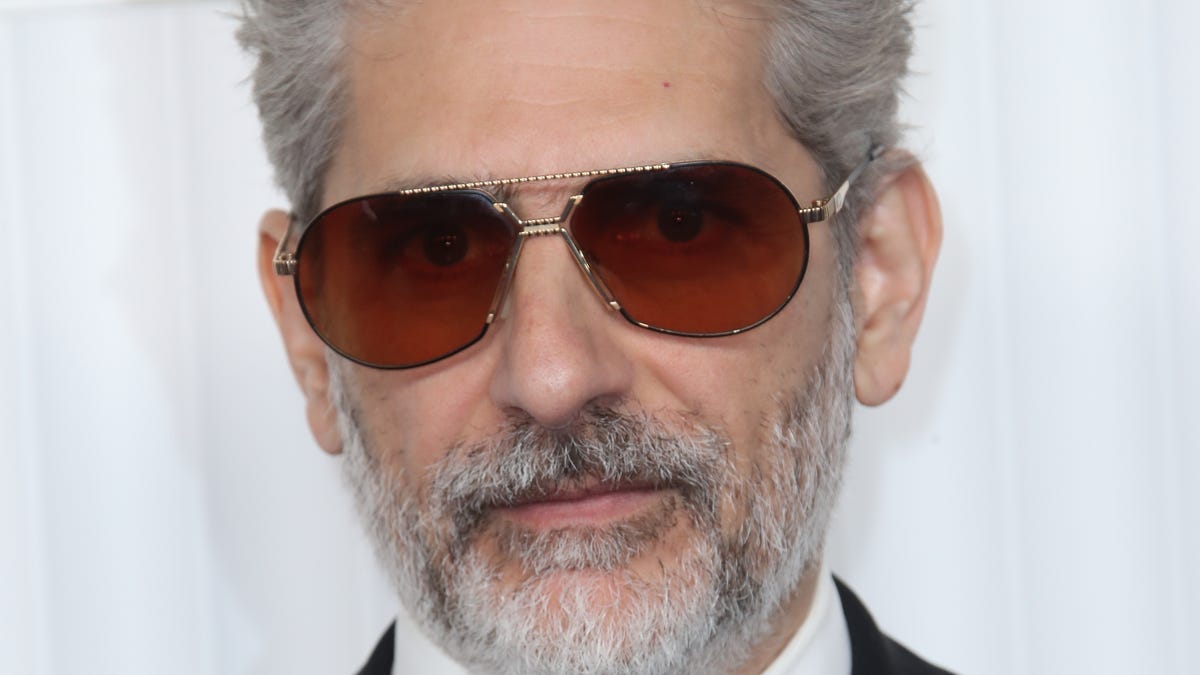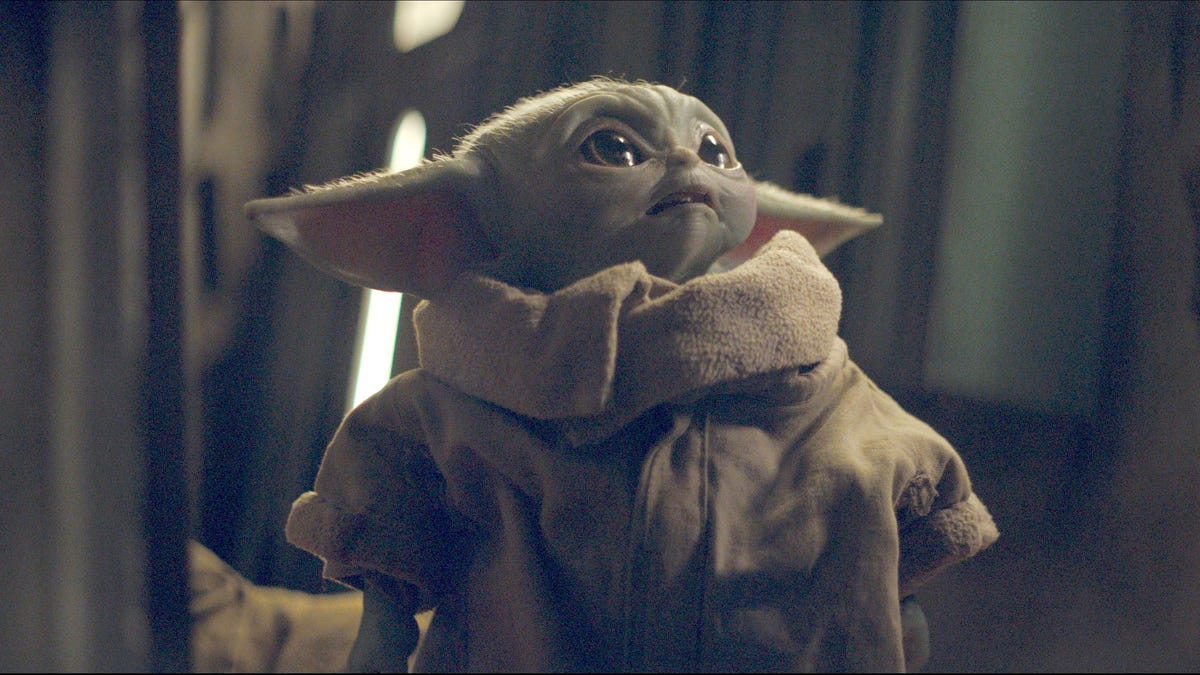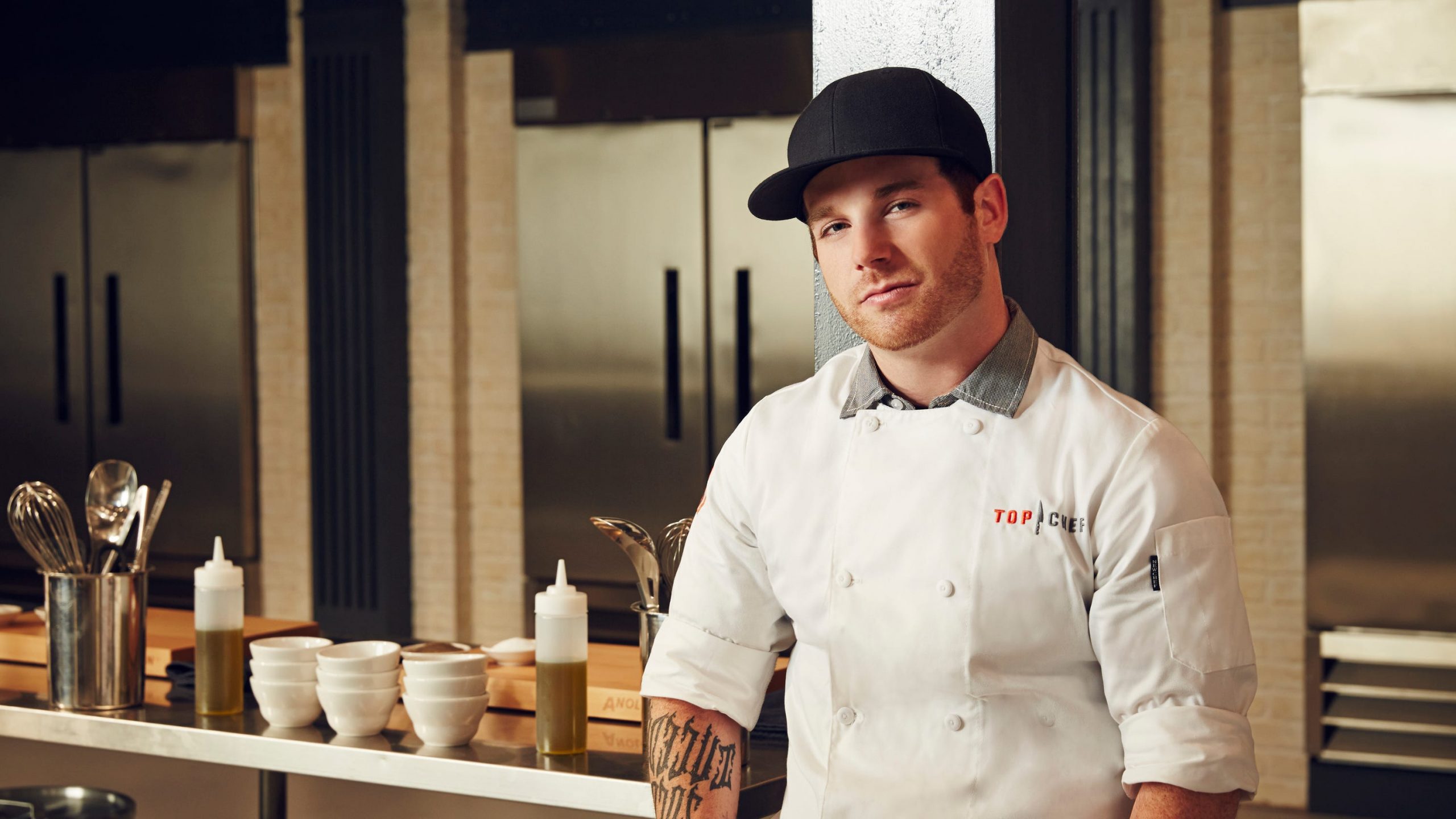What new Netflix series has to say about race, diversity
USA TODAY TV Critic Kelly Lawler discusses how the COVID-19 pandemic affected TV shows, networks and productions in 2020.
USA TODAY
Many different questions will dance around your head when watching the new Netflix series “Bridgerton” (now streaming).
How many siblings does the “Bridgerton” family have? Has there ever been a more diverse period drama on television? Was that an orchestral version of “Thank u, Next” by Ariana Grande?
The point: This isn’t average historical fiction.
“With ‘Bridgerton,’ we set out to create a period piece that we hadn’t seen before, and it’s certainly one I’d always wanted to see,” creator Chris Van Dusen says. “We wanted this show to reflect the world that we live in today.”
And in many ways, it does. The series, the first on Netflix from executive produced by Shonda Rhimes, pushes back on traditional notions of class, race, gender and sexuality.
Critic’s take: Review: Netflix’s magnificent ‘Bridgerton’ glitters with period drama glory
It offers viewers a glimpse at what early 1800s England could have looked like if Black people were in power, and the choices that characters grapple with as they seek to live their authentic selves.
“‘Bridgerton’ is a world where from the beginning, when we see the portrait of this queen of mixed race, married to this white king, that we are very clear about how the color of your skin doesn’t determine whether you’re high or low born in this world,” Van Dusen says.
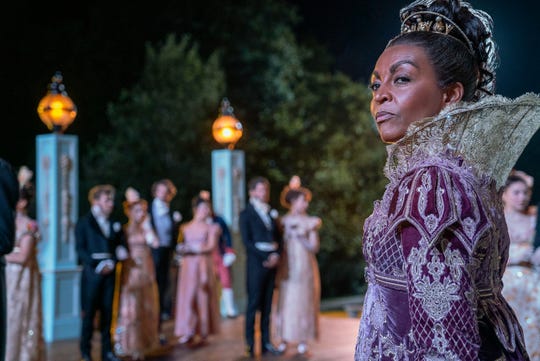
Adjoa Andoh as Lady Danbury in the first episode of “Bridgerton.” (Photo: LIAM DANIEL/NETFLIX, LIAM DANIEL/NETFLIX)
Netflix in December 2020: What’s new and what’s expiring
What is ‘Bridgerton’ about?
“Bridgerton” is the story of families clamoring for improved social standing in 1813 high-society London. They go about this through courtship and marriage (and by attending many balls). It’s based on a book series by Julia Quinn.
While women must abide by rules of their gender – get married and produce heirs. – race has no bearing on someone’s place in society.
It’s long been speculated that George III’s wife, Queen Charlotte, might have been of mixed race – something the show runs with, casting a Black actress in the role of a fictional Queen Charlotte (Golda Rosheuvel). It struck Van Dusen: What would that look like, if she had used her power to elevate other people of color in society and granted them titles and lands?
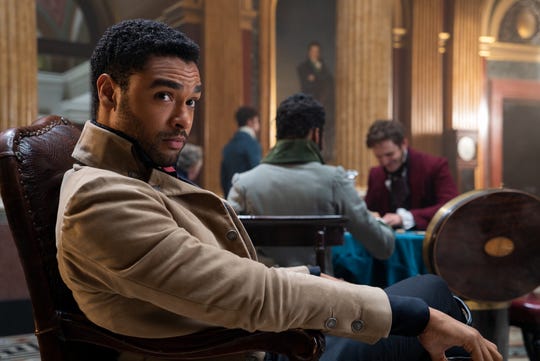
On the period Netflix series “Bridgerton,” influential, rich characters, including Simon, the Duke of Hastings (Regé-Jean Page), pictured here, are Black. (Photo: LIAM DANIEL/NETFLIX, LIAM DANIEL/NETFLIX)
“We wanted our approach to race to go beyond mere representation,” Van Dusen says. “We wanted race and color to be a part of our text.”
Other influential, rich characters, including Simon, the Duke of Hastings (Regé-Jean Page), and Lady Danbury (Adjoa Andoh) are Black.
“She’s a duchess, so she has a lot of power in society,” Andoh tells USA TODAY. “She’s a dowager duchess, which means as a woman, she has even more power because her husband is dead and so she’s no longer anybody’s chattel. She holds all the power for the land, and the money and the social connection.”
Yikes: Women ‘still underrepresented’ on screen, Nielsen diversity on TV study shows
What ‘Bridgerton’ says about race, class and identity at large
At first blush it may seem the show disregards the color of its characters’ skin in favor of a “colorblind” worldview. But in reality, it does the opposite.
In one gripping scene about halfway through the eight-episode season, Lady Danbury meaningfully discusses race in a conversation with Simon.
“We were two separate societies divided by color until a king fell in love with one of us,” she says. “Love, your grace, conquers all.”
Lady Danbury understands such a world is aspirational and not reflective of reality, but Simon has an opportunity to further that aspiration.
“That conversation is about the possibilities of being able to live in a world where people are able to flourish and thrive, because of the quality they bear as a human being rather than any external prejudice or supposition that society may have about what their value is,” Andoh says.
That applies beyond race. Women struggle with their place in society – not everyone wants to get married off just because they’re supposed to) – and a gay character has to keep his sexuality a secret.
“It allows you to see fully rounded people who are engaged in the overall narrative within the framework of this visually extraordinary Regency classical period drama,” Andoh says.
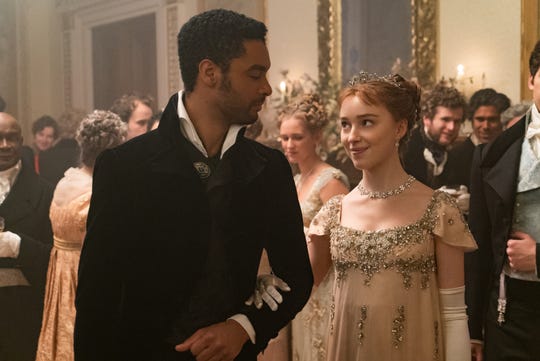
Regé-Jean Page as the Duke of Hastings and Phoebe Dynevor as Daphne Bridgerton in the Netflix series “Bridgerton.” (Photo: Liam Danile/Netflix)
Class distinctions also hold back characters from living their authentic selves in this imagined world. The eldest Bridgerton child, Anthony (Jonathan Bailey) can’t be with the opera singer he loves.
“This world is fabulous at some level, but it also costs in terms of the lanes that people have to stay in,” Andoh says. “There’s a real contemporary resonance with the choices that are made available to us and the choices that we force upon ourselves in order to become the human beings that we want to be, regardless of the risk and the cost.”
Van Dusen says every character is trying to work through their identity. “I think what’s true for all the characters on the show is that they’re figuring out who they are, and who they want to be and what they’re really capable of.”
Noted: Here are 8 new shows Shonda Rhimes is launching at Netflix
In case you still have Shonda on the brain: ‘Grey’s Anatomy’ premiere shocker: (SPOILER) returns for the first time in years
Read or Share this story: https://www.usatoday.com/story/entertainment/tv/2020/12/28/bridgerton-what-new-netflix-series-has-say-race-diversity/3943806001/
Sahred From Source link TV and Movies
